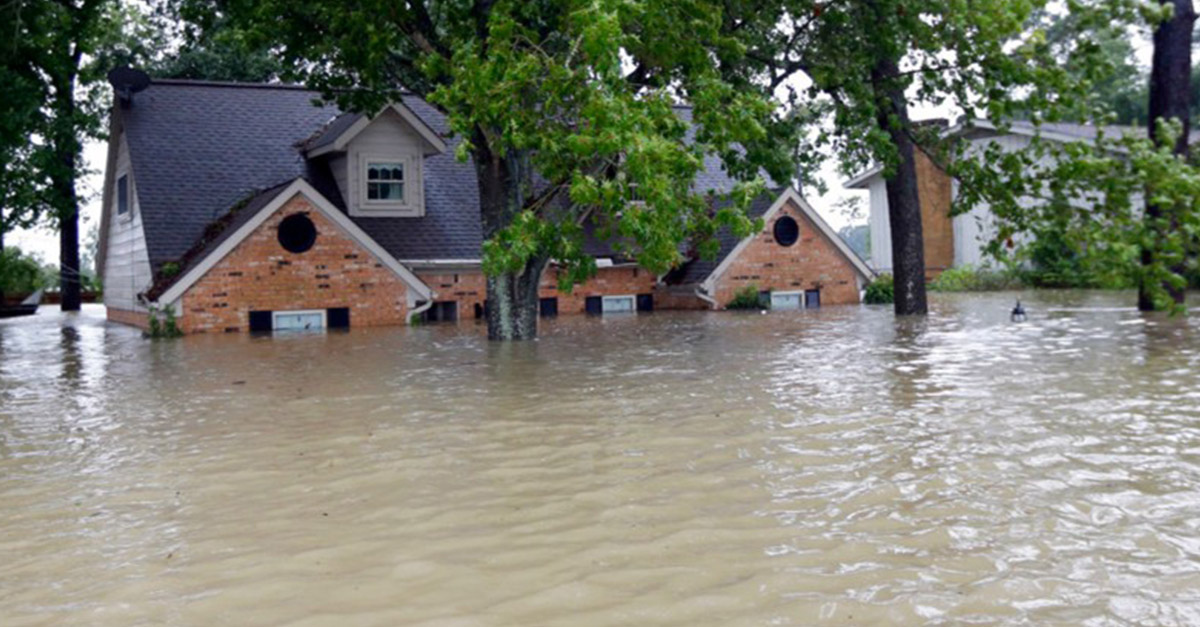With more than 7,000 residential buildings put up in Harris County’s floodplain since 2010, many are wondering: how will residents get the resources to rebuild after Harvey?
Videos by Rare
According a recent report from The Intercept, the monster storm will leave Houston residents and lawmakers to face some thorny questions.
Should buildings in especially dangerous areas even be rebuilt at all? If not, where should the people living there relocate?
And who will help them do it? Where will the money come from?
RELATED: Reports Show Several Refineries Leaked Chemicals Into the Air Around Houston
Early insurance estimates show the damage costs incurred from Harvey could match those of Hurricane Katrina, and the FEMA-subsidized National Flood Insurance Program (NFIP) is, according to The Intercept piece, already in debt.

The claims process for flood damaged homes could be a long one, and, as people wait for the money to rebuild, Congress will be examining the viability of the NFIP.
Climate change and rapid development in vulnerable areas could add up to more disastrous flooding when the next big storm hits, not to mention higher monetary costs.
Repeatedly flooded properties make up only one percent of policies with the NFIP, but they make up 30 percent of payout costs; only people who live in the floodplain are currently required to buy flood insurance, meaning not as many people paying into the pool.
Furthermore, if flood insurance rates go up as a result of privatization, it could push people away from the coastline due to prohibitively high premiums.
Rising sea levels in the coming years could also change the face of the coast and who ends up in high risk areas.
Laws regulating construction of homes in and around the floodplain will determine how often some of them may be rebuilt.
RELATED: At the Height of Harvey, One Call to Chick Fil A Saved the Day
All of these factors will affect the people who need to rebuild right now and as they move forward, determining the amount of money they receive, where they can rebuild and how.
If you need or would like to help in Houston, read more here.



